When shopping for an e-bike, there’s a lot to consider—motor power, battery range, frame design, and more. However, one often overlooked but crucial component is the derailleur. The derailleur plays a vital role in how your e-bike shifts gears, affecting overall ride quality, performance, and efficiency. In this guide, we’ll explore what a derailleur is, why it matters.
Understanding Derailleurs: What They Are and Why They Matter
A derailleur is a bicycle mechanism that moves the chain from one gear to another, allowing you to change gears smoothly while riding. It operates through a system of levers and pulleys that guide the chain across different cogs on the cassette (rear) or chainrings (front). This shifting mechanism is crucial for adapting to various terrains and riding conditions, making it easier to pedal up hills or increase speed on flat ground.
Most e-bikes are equipped with rear derailleurs, which are responsible for shifting the chain across the gears on the rear cassette. Front derailleurs, which shift between multiple chainrings at the front, are less common on e-bikes but are still present in some multi-chainring setups.
The derailleur system’s primary function is to optimize the bike’s performance by enabling smooth transitions between gears, enhancing efficiency, and providing a more comfortable ride.
Types of Derailleurs in E-Bikes
E-bikes can be equipped with different types of derailleurs, each tailored to specific riding needs, bike setups, and performance expectations. Understanding these types will help you choose the right derailleur for your e-bike. The two primary categories of derailleurs are:
Front Derailleur
The front derailleur shifts the chain between two or more chainrings located near the pedals. While less common on modern e-bikes, front derailleurs are still used in setups that require a broader gear range, such as touring or mountain biking where multiple chainrings can provide more gearing options. The main advantage of a front derailleur is its ability to expand the bike’s total gear range, allowing for lower gears for climbing and higher gears for speed. However, they add complexity and can require more frequent adjustments to keep them functioning smoothly, especially in muddy or rugged conditions.
Rear Derailleur
The rear derailleur is the more commonly used type on e-bikes and is responsible for moving the chain across the cogs on the rear cassette. This type of derailleur plays a crucial role in managing the bike’s gear changes and is the primary means of adjusting to different terrains. Rear derailleurs come in a variety of speeds (e.g., 7-speed, 9-speed, 11-speed), and the number of speeds correlates with the number of cogs on the cassette. A higher number of speeds typically provides a finer range of gearing options, allowing riders to find the perfect cadence for their riding conditions.
Rear derailleurs also come in different designs, such as short, medium, and long cage versions, which determine how much chain slack they can take up. For example, long cage derailleurs are often used on bikes with a wide gear range, including large cassettes that offer significant climbing gears, making them ideal for mountainous or hilly terrain.
How to Distinguish Different Derailleur Types
When selecting an e-bike, understanding how to distinguish between derailleur types can help you choose the best fit for your needs. Here are key factors to look out for:
Identification by Speed
Derailleurs are often categorized by the number of gears they support, such as 7-speed, 9-speed, or 11-speed systems. For instance, a 7-speed derailleur like the SHIMANO 7-Speed is designed to work with a 7-gear cassette, offering a balanced range for everyday use and moderate inclines like. More gears typically provide a wider range, giving you more flexibility to adapt to various riding conditions.
Brand and Model Recognition
Recognizing popular brands like Shimano and SRAM can help you quickly identify the quality and performance level of a derailleur. For example, Shimano is known for its durability and smooth shifting, making models like the SHIMANO 7-Speed transmission a popular choice for commuters and casual riders.
Performance Features
Higher-end derailleurs often feature enhanced materials like aluminum or carbon fiber, reducing weight while increasing durability. Features such as precise shifter indexing, clutch mechanisms, and improved cage designs can distinguish high-performance derailleurs from basic models.
Key Features to Look For in a Derailleur
When evaluating derailleurs for your e-bike, consider the following features to ensure you get the best match for your needs:
Durability and Build Quality
Choose derailleurs made from high-quality materials such as steel or reinforced composites. A durable derailleur will withstand regular use and challenging conditions, providing consistent performance over time.
Shifting Precision
Precise shifting is essential for maintaining momentum and reducing strain on the motor and battery. A derailleur that shifts smoothly and accurately allows you to make quick adjustments on the go, which is particularly important when navigating hilly or varied terrain.
Ease of Maintenance
Consider how easy it is to adjust and maintain the derailleur. Cable-driven derailleurs require regular adjustments, especially if the bike is used frequently or in harsh environments. Meanwhile, some derailleurs come with built-in adjustment features that simplify maintenance.
Compatibility with E-Bike Systems
Ensure the derailleur is compatible with your e-bike’s motor and drivetrain setup. Some e-bike motors are designed to work best with specific derailleur types, which can affect overall performance and efficiency. Checking compatibility can prevent unnecessary wear and ensure smooth operation.
Trouble Shooting
Misalignment
Misaligned derailleurs can cause poor shifting performance and increased wear on the chain and cogs. Regularly check the alignment and make necessary adjustments to keep the derailleur functioning correctly.
Chain Drops
If the chain frequently falls off during gear changes, it may indicate that the derailleur isn’t adjusted properly. This issue can usually be resolved by fine-tuning the derailleur’s limit screws or adjusting the cable tension.
Wear and Tear
Derailleurs are subject to wear over time, especially the jockey wheels and pivot points. Regular cleaning and lubrication can help extend the lifespan of the derailleur. Replace any worn components promptly to maintain optimal performance.
How to Choose the Right Derailleur?
Choosing the right derailleur depends on your specific needs and riding style. Here are some factors to consider:
For Commuters: A reliable derailleur like the SHIMANO 7-Speed is ideal for city riding, offering smooth and straightforward shifting for daily commutes. S2 PRO would definitely be your option.
For Off Road Riders: Look for derailleurs with features like a clutch mechanism to keep the chain tight on rough terrain, preventing chain slap and drops.
For Long Distance Riders: Consider derailleurs that offer a wide gear range, allowing you to adapt efficiently to varying terrains without overexerting your battery.
Conclusion
The derailleur is a critical component of your e-bike that directly influences performance, efficiency, and adaptability to different riding conditions. When choosing an e-bike, it’s important to consider the type and quality of the derailleur system, as it plays a significant role in your overall riding experience. By understanding the different types of derailleurs, their key features, and how to maintain them, you can make a more informed decision and choose an e-bike that best meets your needs.


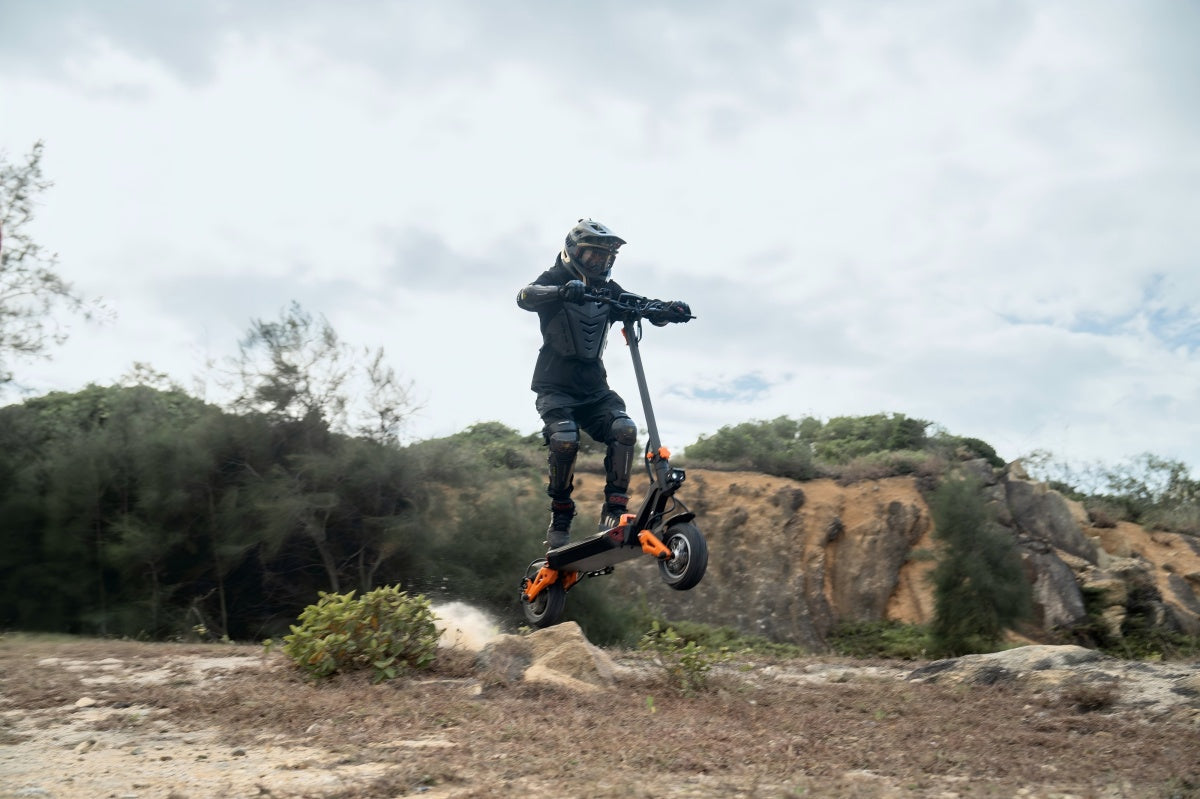
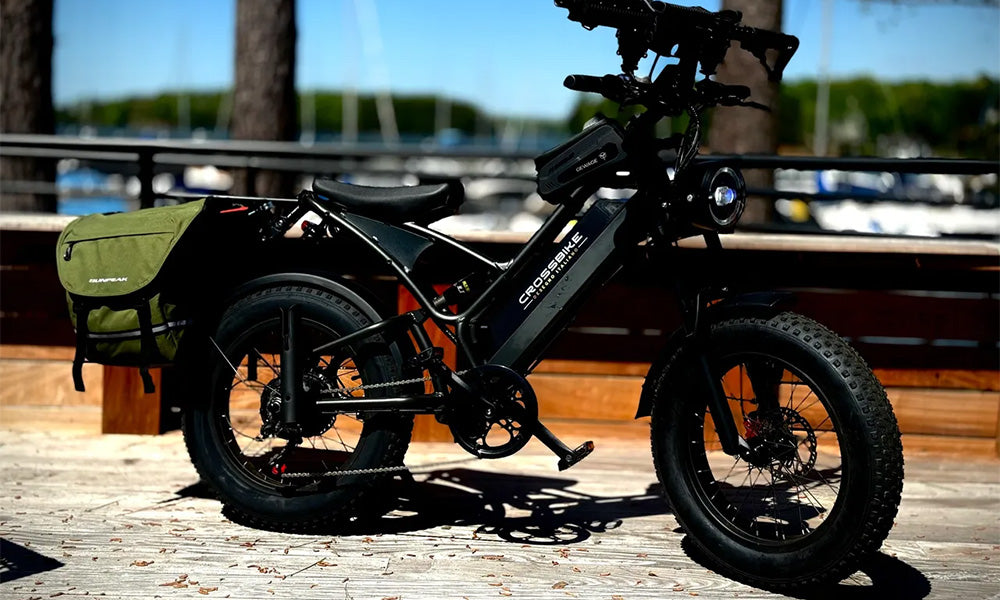
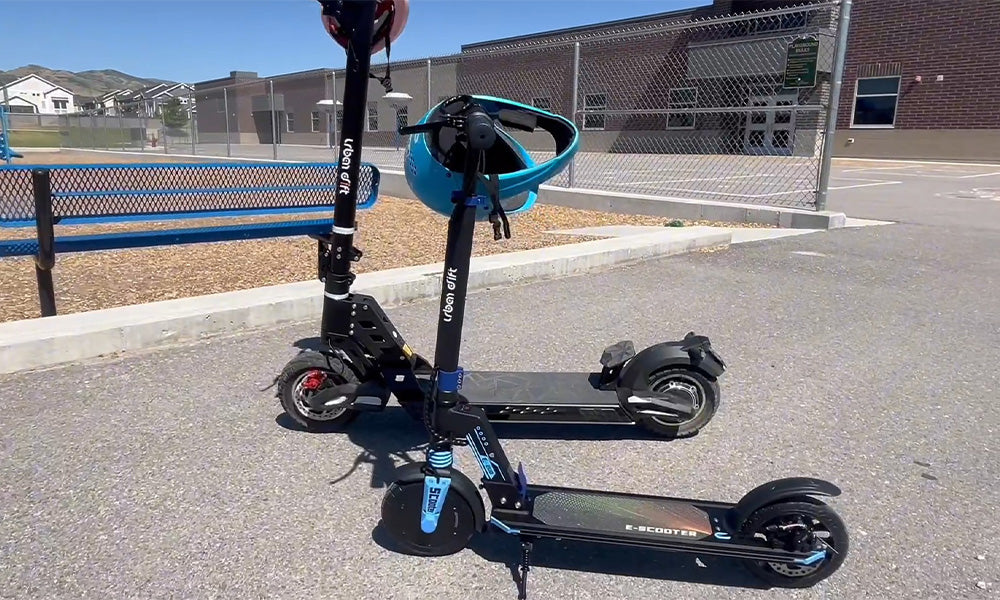
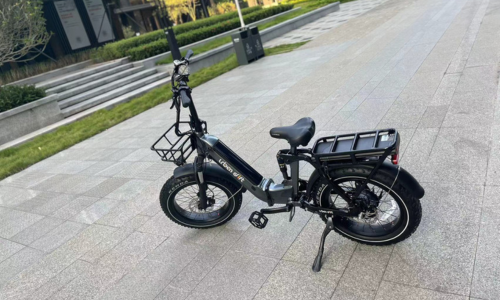
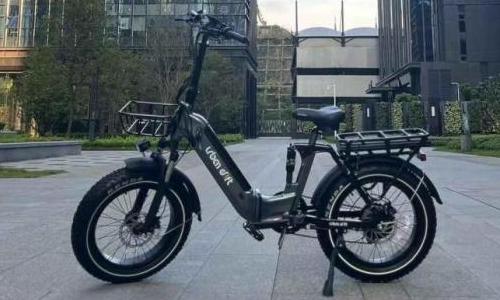
1 comment
I am interested in purchasing a urban drift s2 pro ebike.